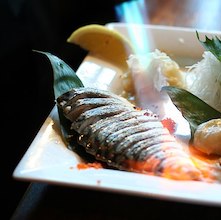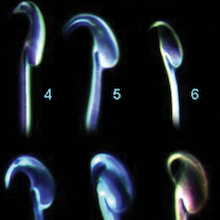#NSWASCIWIRE
Recent work by our members#nswasciwire highlights the published writing of NSWA members each month. Would you like to see your writing featured? Please suggest an item online or send a link or PDF file to Susan Keown at sciencewire@nwscience.org. The NSWA Board of Directors determines what material to present. We look forward to highlighting your work.
Prat: Neuroscience of You
In her new book, “The Neuroscience of You: How Every Brain is Different and How to Understand Yours,” Dr. Chantel Prat (@ChantelPratPhD), a University of Washington scientist, explains the unique features of everyone’s brains and why these differences are important....
Blow: Climate Change and Mental Health
Ashi Blow (@ashliblow) writes for Crosscut about the impacts of climate change on the mental health of people in the Seattle area, as floods become commonplace in South Park, wildfire smoke causes breathing difficulties and forces people inside in late summer, and we...
Burns: Smellicopter
Writing for Oregon Public Broadcasting, Jes Burns (@radiojes) tells us about the “Smellcopter,” a machine that uses the antennae of the Carolina sphinx moth to detect odors, and could one day locate dangers such as chemical leaks or sniff out missing people. Unlike an...
Rose: Menus and Climate Change
Ian Rose (@ianrosewrites) writes for Hakai Magazine about how scientists are using more than a century of menus from restaurants in West Coast cities, such as the venerable Hotel Vancouver in B.C., to understand how the ocean has changed during that period. A century...
Mesa: Mouse Sperm Hooks
For The Scientist, Natalia Mesa (@natmesanash) explored the mystery of why the sperm of most mouse species have hooks on their heads. The bigger hooks slow down the sperm as they swim — so why are they there? Some scientists point to competition between sperm as a...





